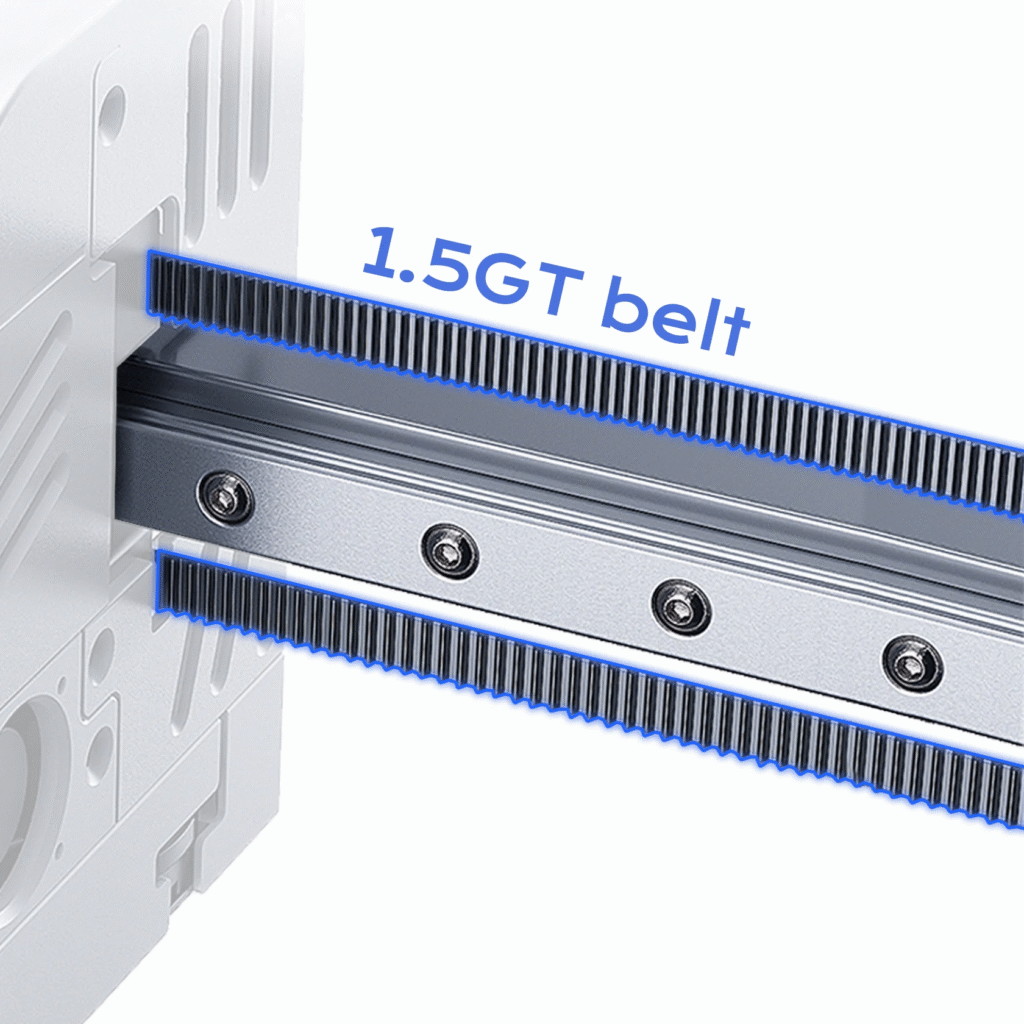
Qidi Q2 3d printer: Release details and is it worth the hype?
In the fast-evolving world of desktop 3D printing, Qidi Tech has carved out a niche for reliable, feature-packed machines that don’t break the bank. Their latest offering, the Qidi Q2, positions itself as an all-in-one solution for both novices and seasoned makers. Billed as “redefining your first 3D printer,” it promises versatility that grows with the user—from simple prototypes to complex multi-material projects. With a build volume of 270x270x256 mm, it’s spacious enough for most hobbyist needs without dominating your workspace. What sets it apart early on is its emphasis on precision and ease, tackling common pain points like inconsistent first layers and filament management.
Key features and innovations
The Qidi Q2 boasts a CoreXY structure with a high-hardness linear guide rail on the X-axis and dual independent lead screw motors for Z, ensuring stability at speeds up to 600 mm/s and accelerations of 20,000 mm/s². Its second-generation active chamber heating reaches 65°C, which is crucial for printing high-temperature materials like ABS or PC without warping. The hands-free automatic leveling uses a loadcell sensor integrated into the hotend, delivering zero-offset precision for flawless first layers every time.
Compatibility with the Qidi Box unlocks multi-color printing, supporting up to 16 colors and adding features like tangle detection and 65°C drying during prints. The 3-in-1 air filtration system, MET-certified, combines a G3 pre-filter, H12 HEPA, and activated carbon to keep your environment clean. Other notables include AI camera detection for spotting failures like spaghetti messes, power loss recovery, and input shaping to reduce vibrations. It supports a wide range of filaments, from PLA to carbon fiber-reinforced polymers, via a direct-drive extruder with hardened steel gears.
For connectivity, it offers Wi-Fi, Ethernet, and USB, paired with a 4.3-inch touchscreen and 32GB internal storage. Slicing is flexible with Qidi Studio or third-party options like PrusaSlicer.
Release timeline and market entry
Qidi unveiled the Q2 in mid-2025, with shipments starting around late June for the multi-color bundle. By August, it’s fully available on their official site and select retailers, marking a quick rollout compared to some competitors’ delayed launches. This timing aligns with a surge in demand for affordable enclosed printers, especially as home users seek machines that handle advanced filaments safely. Early adopters note the seamless integration with the Qidi Box, released concurrently, which enhances its appeal for color enthusiasts. While pre-sale units sold out fast, stock has stabilized, though regional variations in voltage mean checking compatibility for your area.
Pricing and value proposition
At $499 for the base model and $649 for the combo with the Qidi Box, the Q2 undercuts many rivals in the high-speed category. In euros, that’s roughly €499 and €649, making it accessible for European buyers too. This pricing includes premium touches like the bimetal nozzle (0.4 mm standard, with options up to 0.8 mm) and a dual-sided textured PEI plate. Compared to the Bambu Lab A1 or even Qidi’s own Q1 Pro, it offers better chamber control and multi-color readiness at a similar cost. The added 280W for chamber heating justifies the power draw, but energy-conscious users might appreciate its efficiency in shorter prints.
Performance insights from early users
Hands-on feedback highlights the Q2’s reliability out of the box. The automatic leveling eliminates manual tweaks, and the AI camera has caught issues mid-print, saving material. Speeds of 600 mm/s shine with PLA, producing clean results without artifacts thanks to the custom 1.5GT belt. For enclosures, the 65°C chamber aids in stronger bonds for ASA or PETG, though it tops out lower than some pro models. Drawbacks? The 256 mm height limits towering builds, and without the Box, multi-color is off the table. Noise levels are manageable with PWM fans, but expect some hum during high-speed runs.
In benchmarks against the Q1 Pro, the Q2 shows improved heat dissipation and fewer clogs, addressing past complaints. It’s not flawless—software integration with third-party slicers requires some setup—but firmware updates have been prompt.

Weighing if the Qidi Q2 is worth it
For budget-conscious makers eyeing a step up from basic printers, the Q2 delivers strong value. Its blend of speed, enclosure, and expandability makes it ideal for home workshops or small businesses prototyping. If you’re into multi-color or engineering-grade materials, the combo is a no-brainer, rivaling pricier systems like the Prusa XL at a fraction of the cost. However, if you need larger volumes or established community support, consider the X-Max 3 instead.
Pros:
- Affordable entry into high-speed, enclosed printing
- Excellent first-layer consistency and safety features
- Future-proof with Qidi Box compatibility
Cons:
- Limited build height for some projects
- New model means fewer long-term reviews
Ultimately, the Q2 stands out as a smart pick for 2025’s market, balancing innovation with practicality. What are your thoughts on this release—have you tried it yet, or are you holding out for more user stories? Drop a comment below and let’s discuss.

 English
English Polski
Polski Deutsch
Deutsch Nederlands
Nederlands